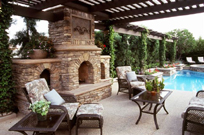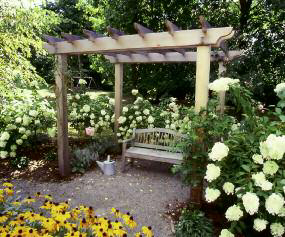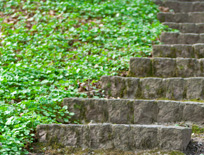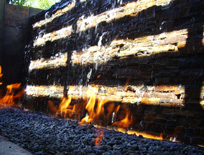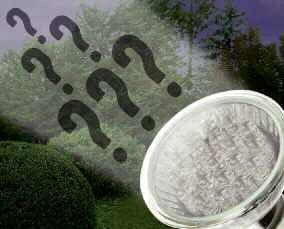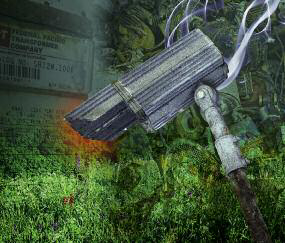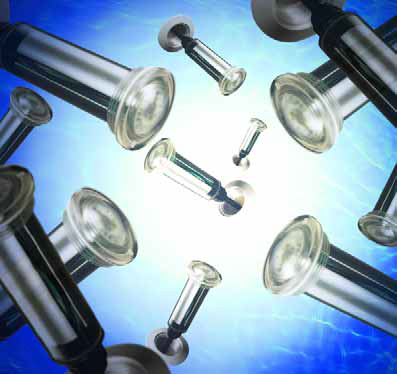Outdoor Living, Fire Features, Amenities & Lighting
As I’ve emphasized so far in this series on the art of concealment, it is my firm belief that, as a designer and/or builder, you must pay attention to detail if your goal is to reduce visual clutter and thereby please your clients. In my own projects, I am so accustomed to pushing past so many aesthetic obstacles that it’s become second nature to me. As a result, whenever the need arises to install, say, a junction box or a deck drain or a cleanout, I have
Through the past decade or so, the popularity of all forms of outdoor fire has increased dramatically. No matter whether it’s a fire pit, a fireplace or a fire bowl or box, more often than not these days, our clients are asking for some type of decorative fire treatment as part of their
We water and landscape professionals literally shape the outdoor environments in which we work – cutting grades, building walls, planting trees, installing pools, ponds and fountains and preparing patios, decks, planting beds and lighting systems. In designing these outdoor-living spaces, we spend the bulk of our time
Steps and landings are among the most common of all elements in landscapes. Just about any setting involving a vertical transition will include steps of some sort, and there’s no better design element than a landing to establish a means of changing
In selecting materials, most of us know enough to think about how our choices will work when exposed to water. Only rarely, however, do we think about how those materials will perform when exposed to fire — which is being featured in more and more projects these days — and how they
No matter the field, keeping up with the latest product developments is critical to supplying clients with state-of-the-art results. It’s also important to track current design and application trends and to distinguish innovations of true value from those that don’t add up or aren’t far enough along the developmental curve to warrant broad acceptance. Using my field of landscape lighting as an example, the past quarter century has seen a small clutch of products and technologies that have made the grade – the chief among them being
Fire effects have grown tremendously in popularity in recent years, especially among swimming pool designers and builders who use them in developing various fire-on-water features. On one level, it seems that these professionals (and their clients) have noticed that systems that contain and control fire serve as wonderful complements to systems that contain and control water. On a grander scale, however, it’s apparent that, as watershape designers and builders have become more and more creative, fire features have risen in the estimation of those who want to give their clients something special – something few others have. At my company, Grand Effects of Irvine, Calif., we’ve focused on making it easy for watershapers, general contractors and landscape designers and architects to bring fire into the picture across a range of applications. To that end, we’ve developed an array of completely off-the-shelf systems, ready to install, and have done all of the engineering and testing required to build confidence into every product. In doing so, we’ve studied possible effects and developed
Call it human nature, free-market economics, the profit motive or whatever – the fact of the matter is that too many landscape lighting installers rely on low-cost products made with low-grade materials. Obviously, they do it to cut down costs either to squeeze more profit out of each job or to bring the price down to the level required to get clients to sign on the dotted line. So rather than reduce the number of fixtures used on a project or even turn down a project altogether, they’re clearly willing to win a job by using equipment that has no chance of lasting more than a
It has always bothered me: Why do we take devices that draw electrical current and install them in aquatic environments where humans get in the water? Even if precautions are taken, isn’t this risky business? To be sure, suppliers have come up with all sorts of measures designed to protect bathers from any potential hazard, and I have nothing but praise for the ingenuity they’ve displayed in surrounding their products with safeguards that minimize concern. But based on my own observations and experience, I must say that











